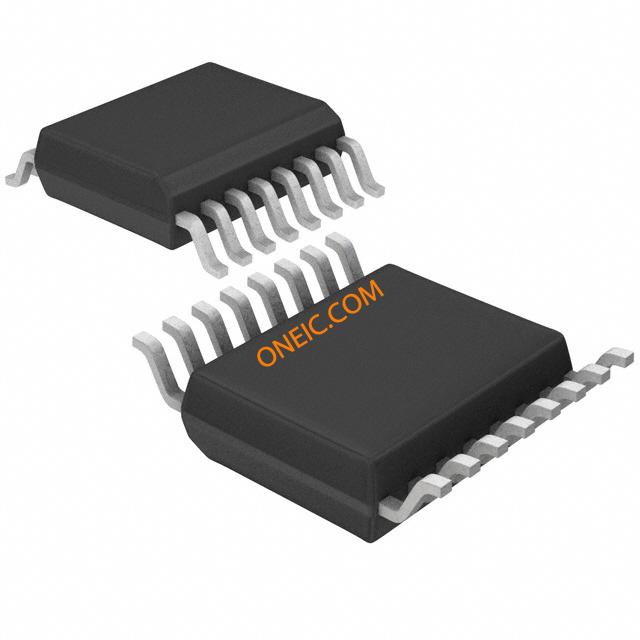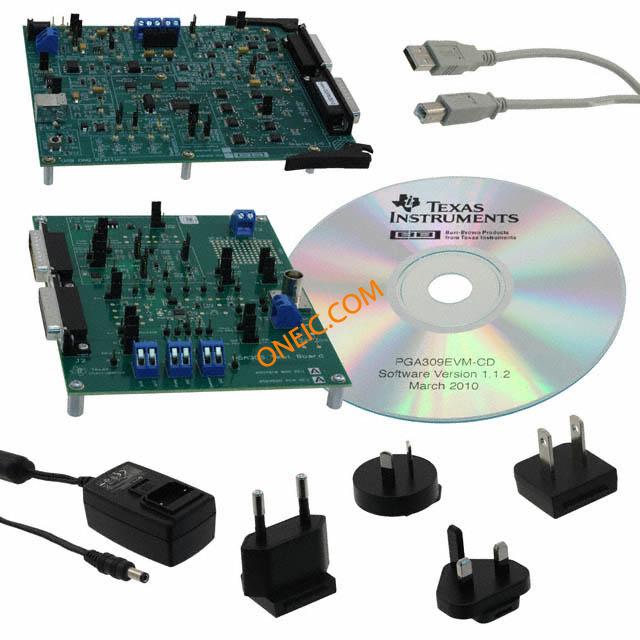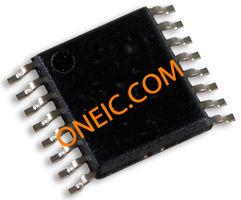PGA309
Programmable sensor conditioner evaluation boards with 16-pin TSSOP packaging
Manufacturer: ['rochester', 'ti']
series introduction
# PGA309 Product Series Introduction
## 1. Overview
The PGA309 is a highly versatile and advanced product series designed for precision signal conditioning in a wide range of sensor applications. It offers a comprehensive solution for amplifying, calibrating, and linearizing signals from various types of sensors, enabling accurate and reliable measurement and control in industrial, automotive, and consumer electronics systems.
## 2. Key Features
### 2.1 High - Precision Amplification
- The PGA309 features a programmable gain amplifier (PGA) with a wide gain range. This allows it to amplify weak sensor signals to a level suitable for further processing. The gain can be precisely adjusted according to the specific requirements of the sensor and the application, ensuring optimal signal - to - noise ratio and measurement accuracy.
- It has a low - noise design, which minimizes the introduction of additional noise during the amplification process. This is crucial for applications where small changes in the sensor signal need to be detected accurately, such as in pressure sensors or strain gauges.
### 2.2 Calibration Capabilities
- Built - in calibration functions are one of the standout features of the PGA309. It can perform both offset and gain calibration. Offset calibration compensates for any initial non - zero output of the sensor, while gain calibration adjusts the amplification factor to match the actual characteristics of the sensor.
- The calibration parameters can be stored in on - chip non - volatile memory. This means that once the calibration is performed, the device will retain the settings even after power cycling, providing consistent performance over time.
### 2.3 Linearization
- Many sensors have non - linear output characteristics. The PGA309 offers linearization capabilities to convert the non - linear sensor output into a linear signal. This simplifies the subsequent signal processing and makes it easier to use the sensor data in control systems.
- It uses advanced algorithms to perform linearization, which can be customized based on the specific non - linearity of the sensor. This ensures that the output signal accurately represents the physical quantity being measured.
### 2.4 Programmability
- The PGA309 is highly programmable through an industry - standard serial interface, such as I²C or SPI. This allows users to configure various parameters, including gain, calibration settings, and linearization coefficients, according to their specific application requirements.
- The programmability also enables easy adaptation to different types of sensors. For example, it can be used with resistive bridge sensors, piezoelectric sensors, and thermocouples by simply adjusting the appropriate settings.
### 2.5 Low Power Consumption
- In today's energy - conscious world, the PGA309 is designed with low power consumption in mind. It operates at a relatively low supply voltage and has power - saving modes. This makes it suitable for battery - powered applications, where long battery life is essential.
## 3. Applications
### 3.1 Industrial Automation
- In industrial process control, the PGA309 can be used to condition signals from pressure sensors, flow sensors, and temperature sensors. It ensures accurate measurement of process variables, which is crucial for maintaining the quality and efficiency of industrial processes.
- For example, in a chemical plant, it can be used to amplify and calibrate the signals from pressure sensors monitoring the pressure in pipelines. This helps in detecting any abnormal pressure changes and taking appropriate control actions.
### 3.2 Automotive
- In automotive applications, the PGA309 can be found in tire pressure monitoring systems (TPMS), engine management systems, and airbag sensors. It provides accurate signal conditioning for these critical sensors, contributing to the safety and performance of the vehicle.
- For instance, in a TPMS, it amplifies and linearizes the signals from pressure sensors inside the tires, allowing the vehicle's onboard computer to accurately monitor the tire
Images for reference

16-TSSOP

PGA309EVM-USB

Image Preview